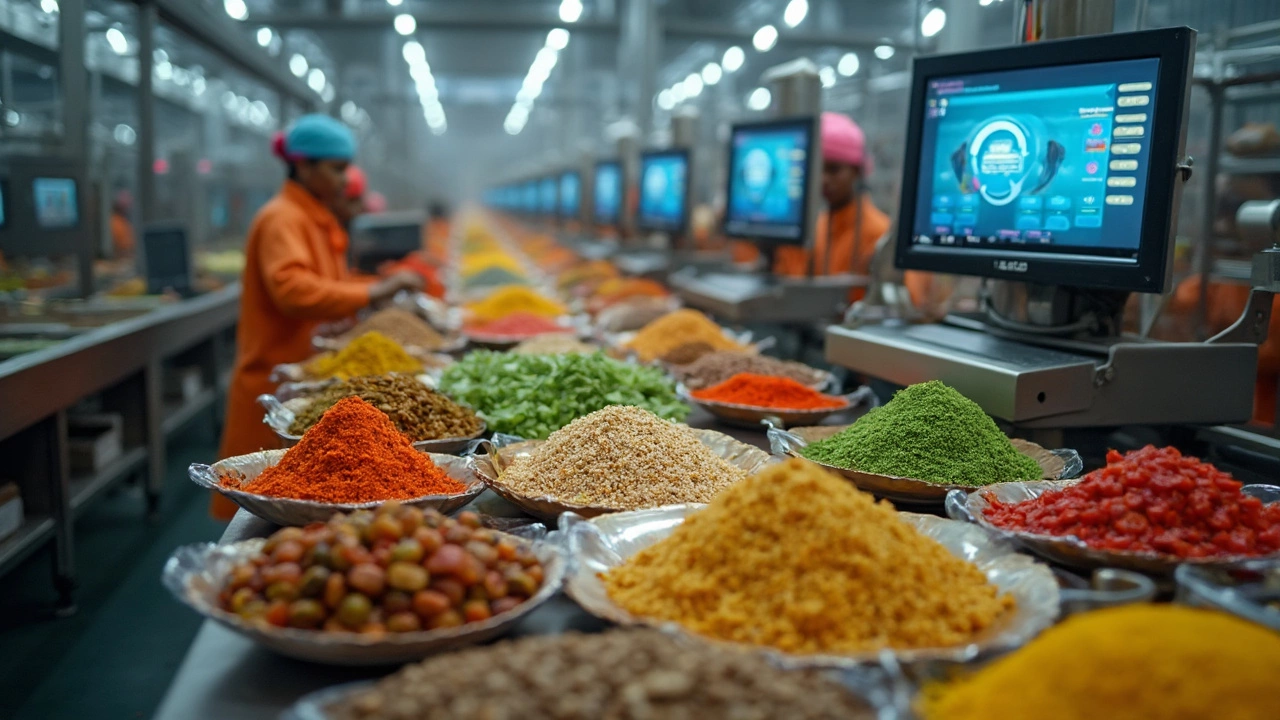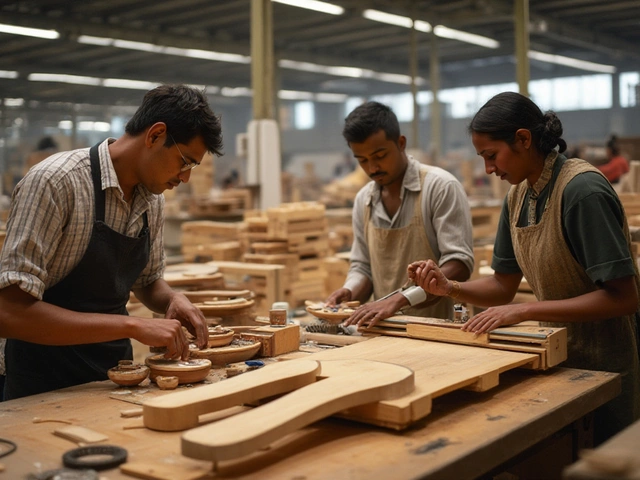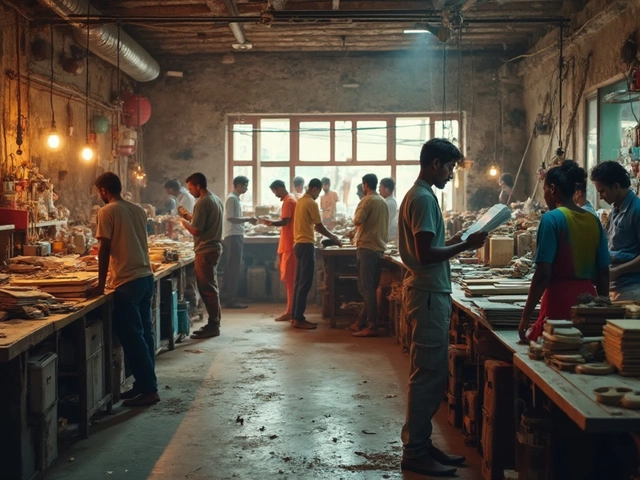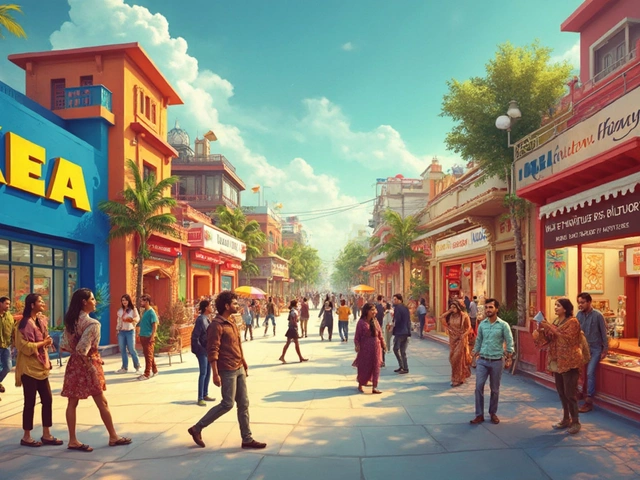Smart Production: Driving the Next Wave of Indian Manufacturing
When talking about Smart Production, the blend of digital tools, real‑time data, and advanced machinery that makes factories faster, cheaper and more adaptable. Also known as Intelligent Manufacturing, it pulls together many moving parts to create a seamless workflow.
One of the core pillars of smart production is Automation, the use of robots, control systems and software to perform tasks with minimal human intervention. Automation reduces errors, speeds up cycles and frees workers for higher‑value work. Another key driver is the Internet of Things (IoT), a network of sensors and connected devices that feed live information back to the production floor. With IoT data, managers can spot bottlenecks before they happen and tweak settings on the fly.
Both automation and IoT sit under the broader umbrella of Industry 4.0, the fourth industrial revolution that merges cyber‑physical systems, cloud computing and AI into traditional manufacturing. Industry 4.0 brings predictive maintenance, digital twins and adaptive scheduling into daily operations. When you combine these three – automation, IoT and Industry 4.0 – you get a system that not only reacts but also predicts, learns and continuously improves.
Smart production isn’t just about tech for tech’s sake. It also pushes sustainability forward. By optimizing energy use, cutting waste and enabling circular‑economy loops, factories can meet tighter environmental regulations while saving costs. In India, the government’s focus on green manufacturing aligns perfectly with this shift, opening up incentives for companies that adopt low‑carbon processes.
What does this mean for businesses on the ground? First, you’ll see faster time‑to‑market as production lines become more flexible. Second, quality scores rise because real‑time monitoring catches defects instantly. Third, labor shifts from repetitive tasks to roles that require analytical thinking, increasing overall workforce skill levels.
What You’ll Find Below
Below this intro you’ll discover a curated set of articles that dive into real‑world examples of smart production across India. From the supply chain tricks that power IKEA’s furniture factories to the latest trends in textile hubs like Surat, each piece shows how digital tools are reshaping different sectors. Expect practical tips, data‑driven insights and stories that illustrate how smart production is already making an impact.
Ready to see how these concepts play out in actual factories? Scroll down to explore the full collection and pick up actionable ideas you can bring to your own operations.

SAP in food processing has become a crucial tool for improving efficiency and optimizing operations. This article will explore how SAP software is used to streamline production processes, manage supply chains, and ensure food safety. We'll dive into real-world applications, highlighting the benefits food manufacturers have experienced by integrating SAP systems. Get ready to see how technology transforms the food industry! (Read More)








